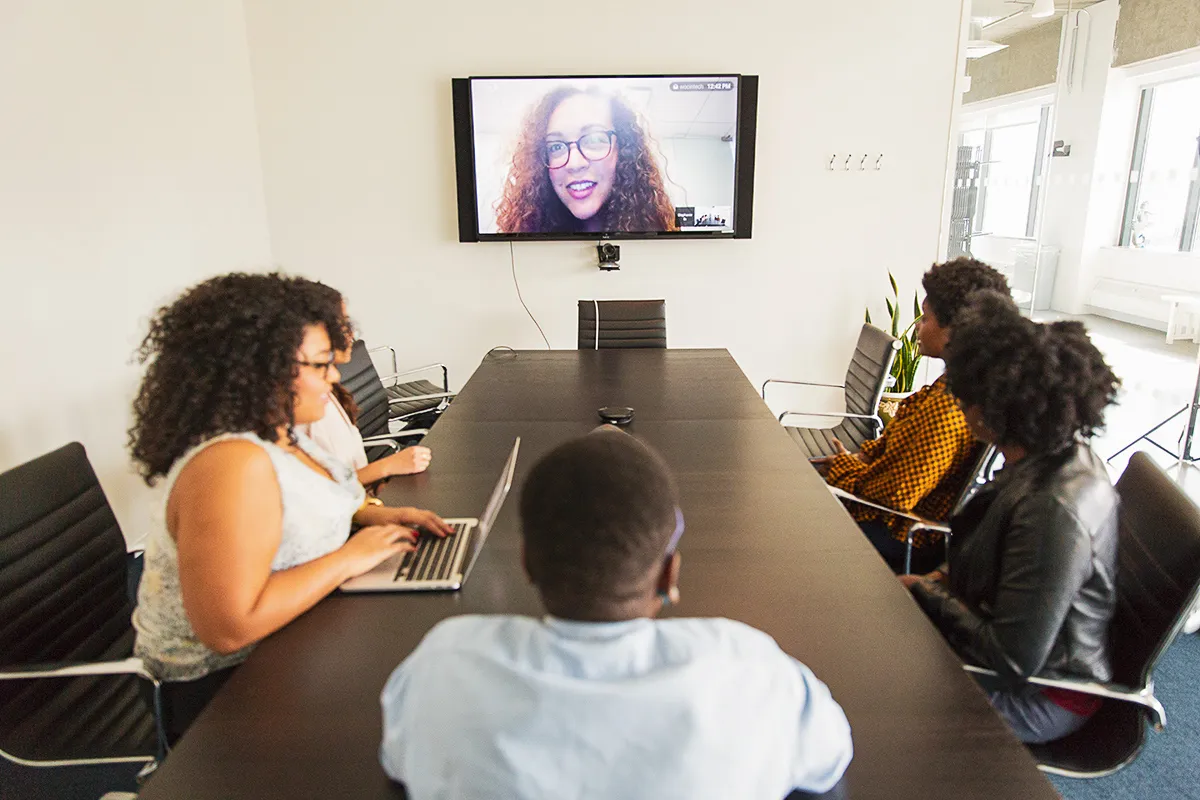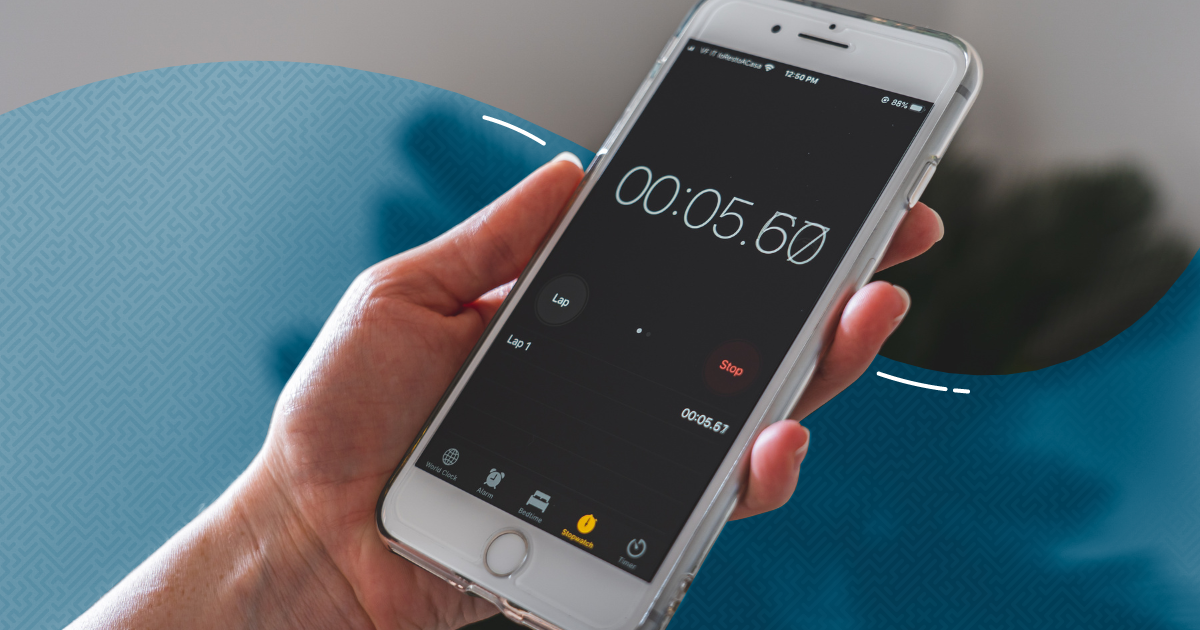
How do you get more customers? You show prospects that you actually care about their problems and helping solve them. In other words, you build better relationships. How do you build better relationships? By creating a lead nurturing process and strategy that specifically shows people your business is the one that’s going to solve their problems.
If during the past few months you’ve seen a drop in the number of leads who stick around and/or a drop in the number of actual conversions, looking at your lead nurturing process is a must. Business isn’t going back to “normal” now (and it never will) so you need to adapt.
Fortunately, texting is a valuable tool for creating lead nurturing that works. And texting is how people want you to communicate with them!
To help you understand some of the different ways texting can be used during the lead nurturing process, this post focuses on when to send texts to leads and gives you ideas for what those texts can include.
Immediately Reach Out When Someone Fills Out a Form
Almost 80 percent of customers end up buying from the company that responds to their inquiry first. So responding fast with texting means starting a conversation sooner.
In that first follow-up text, introduce yourself and ask them a direct, open-ended question. That will encourage them to reply. Keep asking questions to find out their specific problem(s).
Then, once you know a little more about what they want and need, ask them to do something. This might be to:
- watch a video
- look at an ebook or infographic
- read a blog post
- join you for a video chat
- sign up for a webinar
Just make sure that you ask them to do something that directly relates to the reason they reached out to you in the first place. That shows a level of personalization people appreciate. And with it coming directly to their texts — instead of through email — that also adds an element of personalization.
Reach Out Again After You Share a Resource
It’s useful to send infographics, videos, articles, or FAQs at various points in the lead nurturing process. But never assume someone will text you back after they look at it! And maybe don’t even assume they’ll view it at all.
Always send a follow-up text asking them about it. That is, after they’ve had enough time to view and learn from whatever you send.
In that text, reference your previous conversation. So if someone had a question about a specific feature of a product and you sent them a video to help explain it, ask them directly if they understand and if you can offer further clarification.
Request a Meeting and Send Reminders
Whether you immediately invite someone to meet with you after they fill out a form or you take some time to chat before doing so, arrange the meeting over text. Sending people a link to your calendar for them to choose a time keeps things easy for you and them, and it works for remote and in-person meetings.
If they don’t choose a time on your calendar after the initial invite or they don’t reply with their availability — and there’s a decent chance they won’t — continue following up. Doing this every day will be overkill, but you can and should follow up about scheduling 5-8 times over the course of a couple weeks. In conjunction, keep asking them specific questions and prompt them to ask you questions as well.
Once a lead schedules, send a confirmation text. Then, make sure they show up by sending reminder texts. A little accountability goes a long way! Beyond the date and time of the meeting, reminder texts should also include information like:
– the link to the video call (if it’s virtual)
– parking directions (if it’s in-person)
– basic meeting agenda
And just like you made it easy for them to schedule by texting a link to your calendar, make it just as easy to reschedule. If someone cancels or no-shows, follow up as soon as possible to (hopefully) get them back on the calendar. Show empathy and kindness as you have that conversation, especially if they decline or tell you that they found another solution.
Send a Thank You and Go Over Next Steps
No matter the outcome of a meeting, send a text thanking people for speaking with you. Everyone’s time is valuable! A simple thank you text goes a long way.
Depending on what you discussed in the first appointment, message them with further information that helps answer questions or concerns they initially brought up. If you weren’t able to answer a question or you have more resources for someone, send those along.
Also follow up with relevant next steps. So if they gave a verbal agreement, schedule the next appointment. Or if they actually signed something, provide them with all the information they need to feel confident in their decision. You want to stay top of mind and take advantage of any momentum you gained from the first meeting.
Finally, ask them for feedback. Depending on where in the sales cycle a lead is, what you ask for feedback about will vary. Regardless, show prospects you care about how they’ve been treated and what you could have done to better help them.
Note: If your main responsibility is appointment setting but you don’t actually meet with the prospects, still ask them how it went. Just because you didn’t meet with someone doesn’t mean you still can’t be interested in the outcome. You might find out some valuable information you can pass along to whoever will be trying to close the sale.
If the lead isn’t the right fit…
Not every lead you talk with will become a customer. Some simply won’t be qualified, at least for the time being. Others will decide that it’s not the best solution for them. You have a few options then.
Depending on the quality of the leads, you may want to provide resources or information to get someone qualified to convert. This could mean sending links to blog posts, videos, or even full educational courses.
When you want lead nurturing that works, that also means letting people go. If a lead is simply not a good fit, wish them the best and send them on their way. Don’t keep texting them as if you’re going to try to make them a customer. If possible, text them a recommendation for a business that will best help them.
If a lead makes the choice to not use your services, don’t keep bothering them. Leave the door open for them to choose you in the future. Even if someone is qualified but chooses not to do business with you (which will happen plenty often), don’t be a nuisance. Their “golden hour” of conversion could be sometime in the future if you’ve left a good impression.
Lead Nurturing That Works Every Time
Sending the right messages at the right times helps you quickly and easily convert your leads. Obviously sending these messages doesn’t mean you’ll convert every lead every time. But you help your chances as you optimize your lead nurturing and engage at regular intervals with genuine curiosity. That investment in building relationships with prospects then results in their investment in you.
Get your whole team engaging with leads consistently by getting everyone on the same platform. Skipio for teams is designed to help you get responses and continually engage, whether you have a team of two or 10.
This post was originally published on September 3, 2019 and was most recently updated on August 25, 2020. The update included the “After you send them a resource” section and more significant examples and suggestions of messages to all other section


